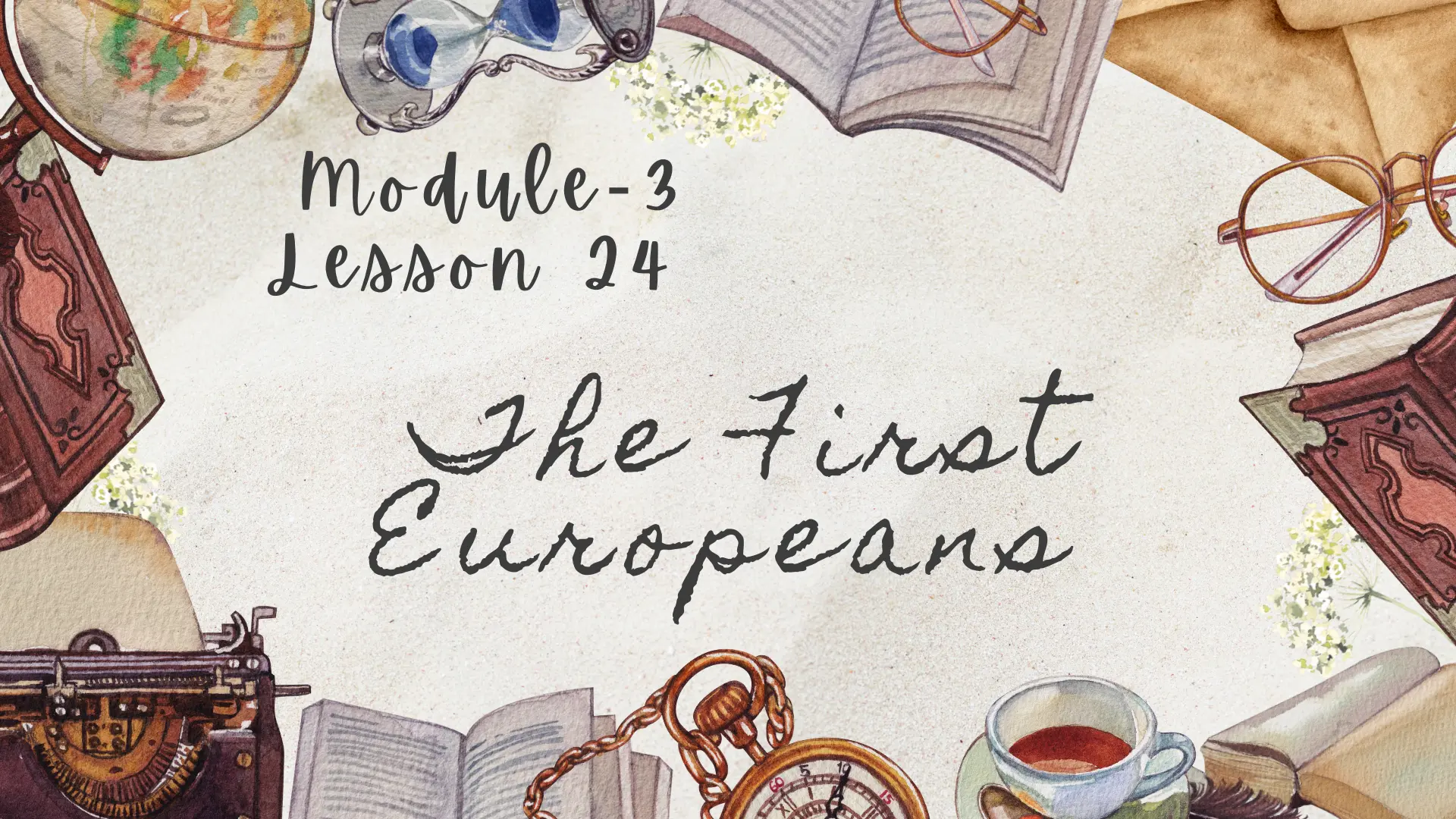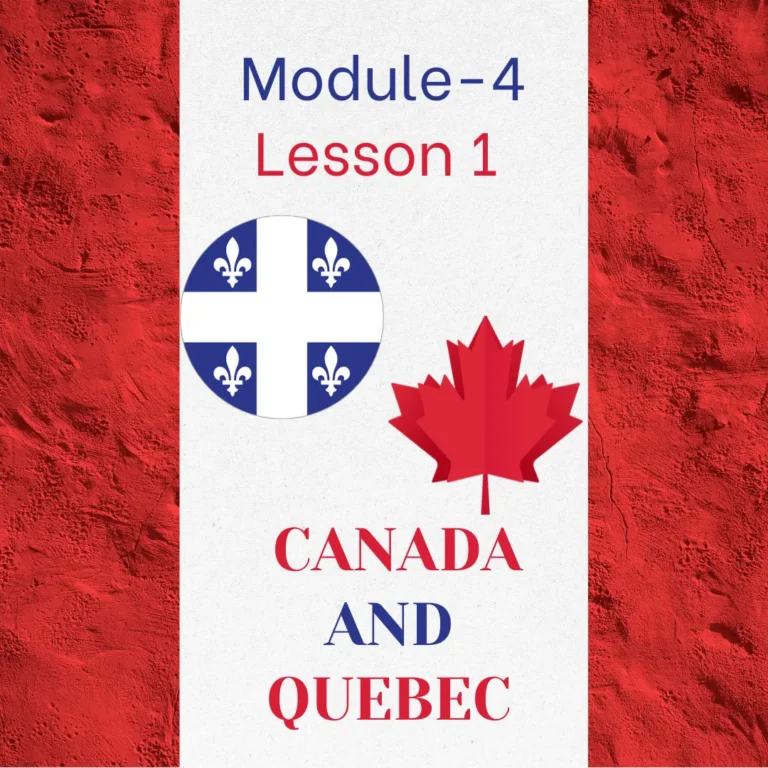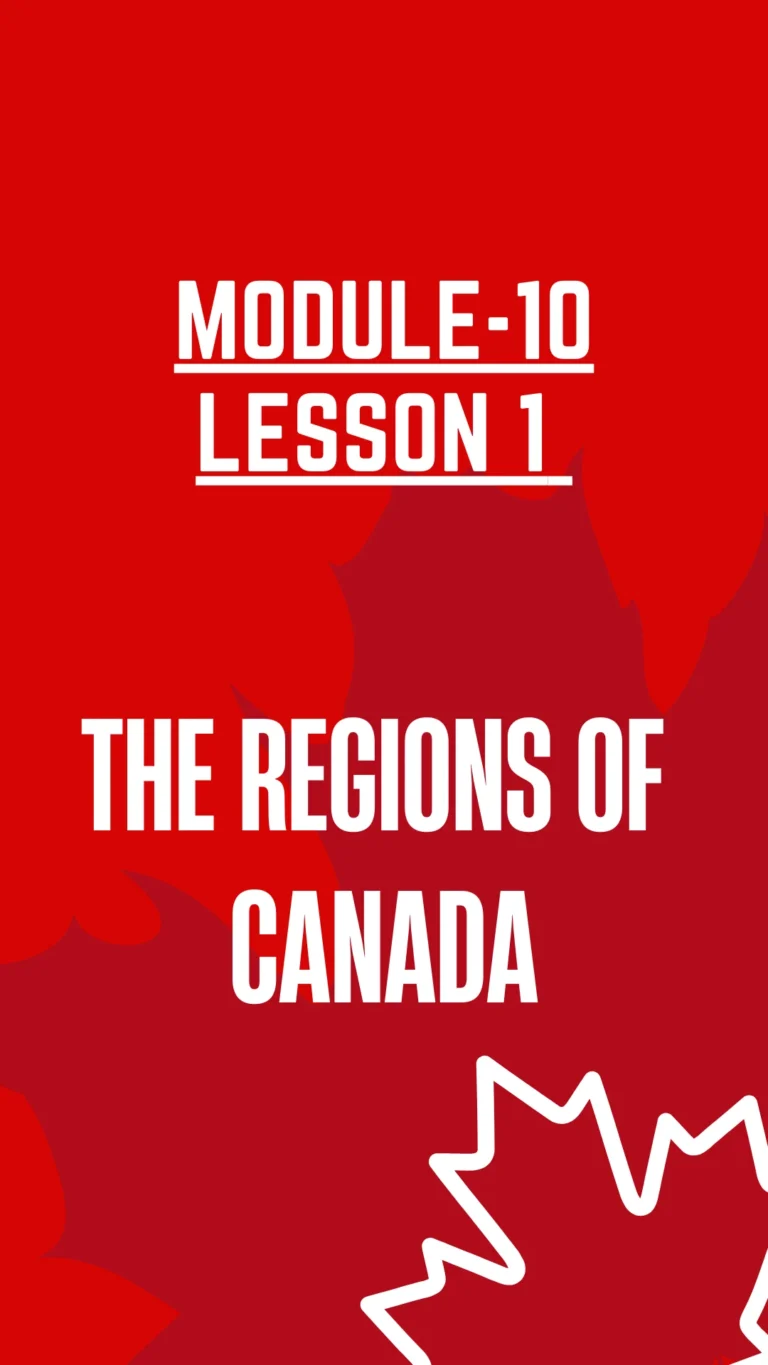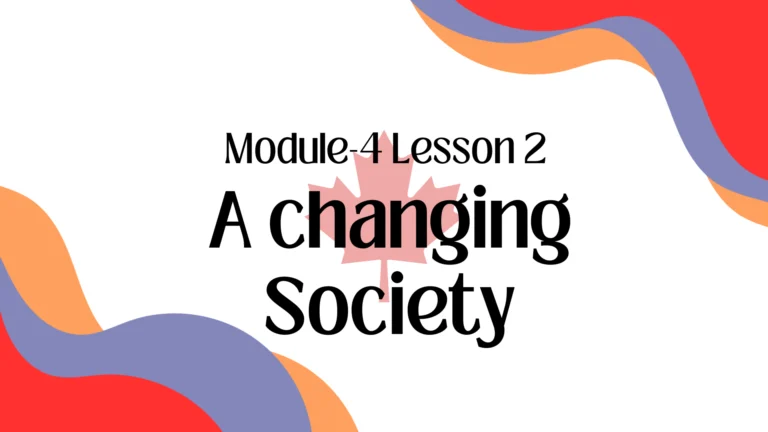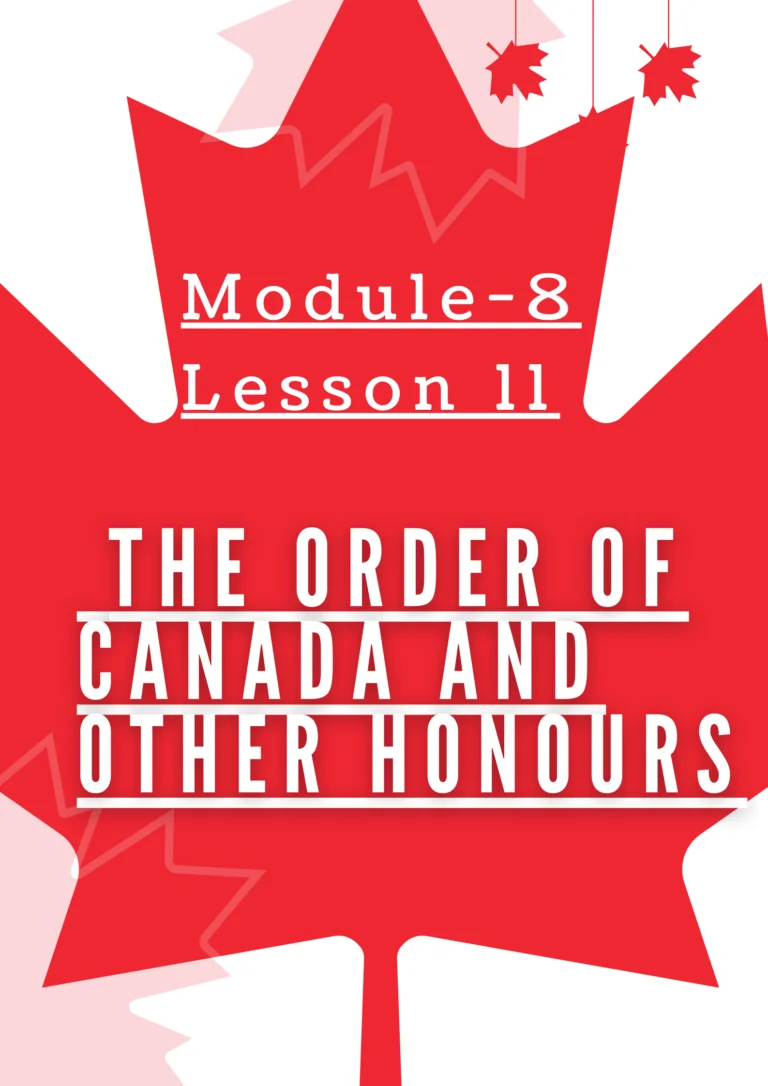Module-3 Lesson 24 The First Europeans
Europeans shaped the history of Canada . Their voyages of discovery led to centuries of exchange and conflict between the Indigenous Peoples living in the area for many thousands of years. The first Europeans who set foot in Canada, their impact on Indigenous cultures, and their enduring legacy are explored.
Vikings and the Norse Exploration: Prelude to European Contact
In the early 1000s, Norse settlers established Vinland in the area that is today Newfoundland. Vinland Sagas chronicles the early European explorations and offers an intriguing glimpse at the interactions between Norse peoples and Indigenous Peoples in this region.
John Cabot’s Arrival: English Exploration in the Late 15th Century
John Cabot was an Italian explorer who, under English sails, made his first voyage into North America in the 15th century. Cabot, who is thought to have reached Cape Breton Island or Newfoundland in 1497, was one of the first Europeans that explored the east coasts of Canada. Cabot’s journey is controversial, but it laid the foundation for European interests in the area.
Jacques Cartier’s Expeditions: Claiming Canada for France
Jacques Cartier, a French explorer from the 16th Century, embarked upon a series voyages which would have shaped the history of Canada. Cartier claimed the Gulf of St. Lawrence for France in 1534 after exploring it. In 1535-1536 he returned, venturing farther inland. He was one of the earliest Europeans who traveled extensively along St. Lawrence River. Cartier was a great explorer, but his interactions with Indigenous Peoples were marred by misunderstandings and conflict.
Samuel de Champlain: Founding Quebec and Establishing New France
Samuel de Champlain (also known as “the Father of New France”) played an important role in shaping early European settlements in Canada. Champlain established the first permanent European settlement, Quebec in 1608. In his efforts, Champlain focused on trading and alliances, especially with Indigenous Nations, such as the Huron, Wendat, and Algonquin. This set a precedent in French relations with Indigenous people.
Fur Trade and Missionaries: Early European-Indigenous Relations
Fur trade was a key element of European-Indigenous interaction in Canada. European traders, mostly French, and then English, formed relationships with Indigenous Peoples by exchanging European goods, especially beaver furs. During this time, missionaries played an important role. They sought to convert Indigenous Peoples to Christianity and often integrated aspects of Indigenous Culture into their missions.
European Colonization and the Struggle for Control: The Seven Years’ War
Conflicts erupted as European powers tried to consolidate their claims on North America. The Seven Years’ War (1756-1763) culminated the conflict. In the end, it was Britain that won and gained control over Canada. This transfer of power was formalized by the Treaty of Paris of 1763, which reshaped North America’s geopolitical map and introduced a British colonial influence to Canada.
Loyalists and the Arrival of United Empire Loyalists: A Changing Landscape
United Empire Loyalists, Americans who were loyal to Britain’s Crown during the American Revolutionary War (1775-1783), sought refuge in Canada. The migration had a significant impact on the population of Canada, and helped to establish English-speaking areas in Nova Scotia and Ontario.
Hudson’s Bay Company and the North West Company: Economic Forces in Play
Fur trading companies such as Hudson’s Bay Company or North West Company played an important role in the economic development of Canada during the 18th- and 19th-century. They were active in vast areas, resulting in the creation of forts and trading posts that served as focal points between European traders and Indigenous Peoples and Metis Communities.
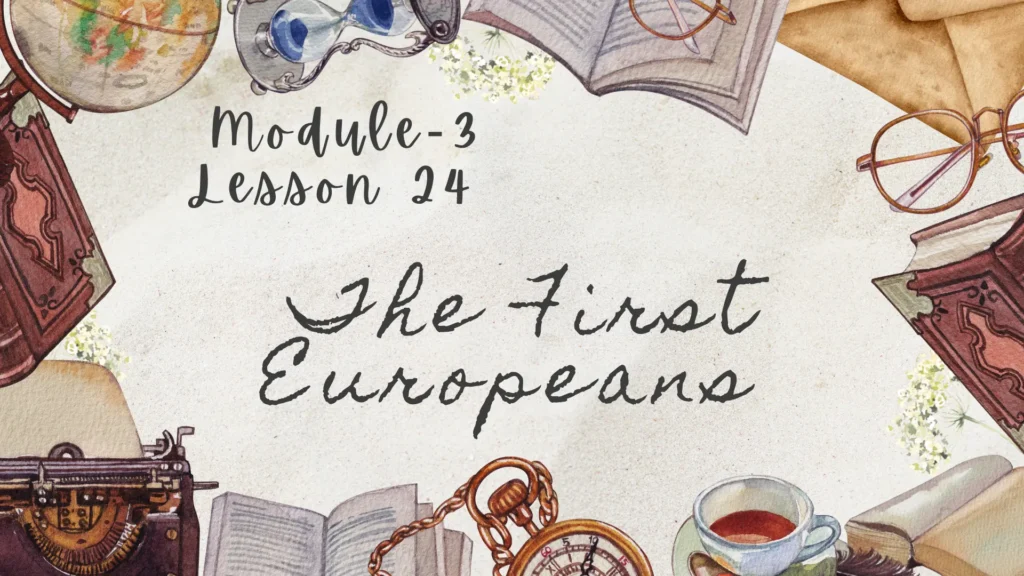
Conclusion: Shaping a Complex Legacy
The arrival of Europeans to Canada was the start of an extensive and complex history of encounters, explorations, and trade. The impact of European contact on Indigenous Peoples is indelible. From Norse explorations to permanent settlements established by French and English Explorers. Fur trade, missionary activity, and conflict for control all contributed to the development of this complex relationship. The legacy of early European interaction with Indigenous Peoples is a key part of Canada’s history as it has evolved to become a multicultural and diverse nation. It is important to understand this complicated history in order to appreciate the many contributions that have helped shape the Canada of today.

